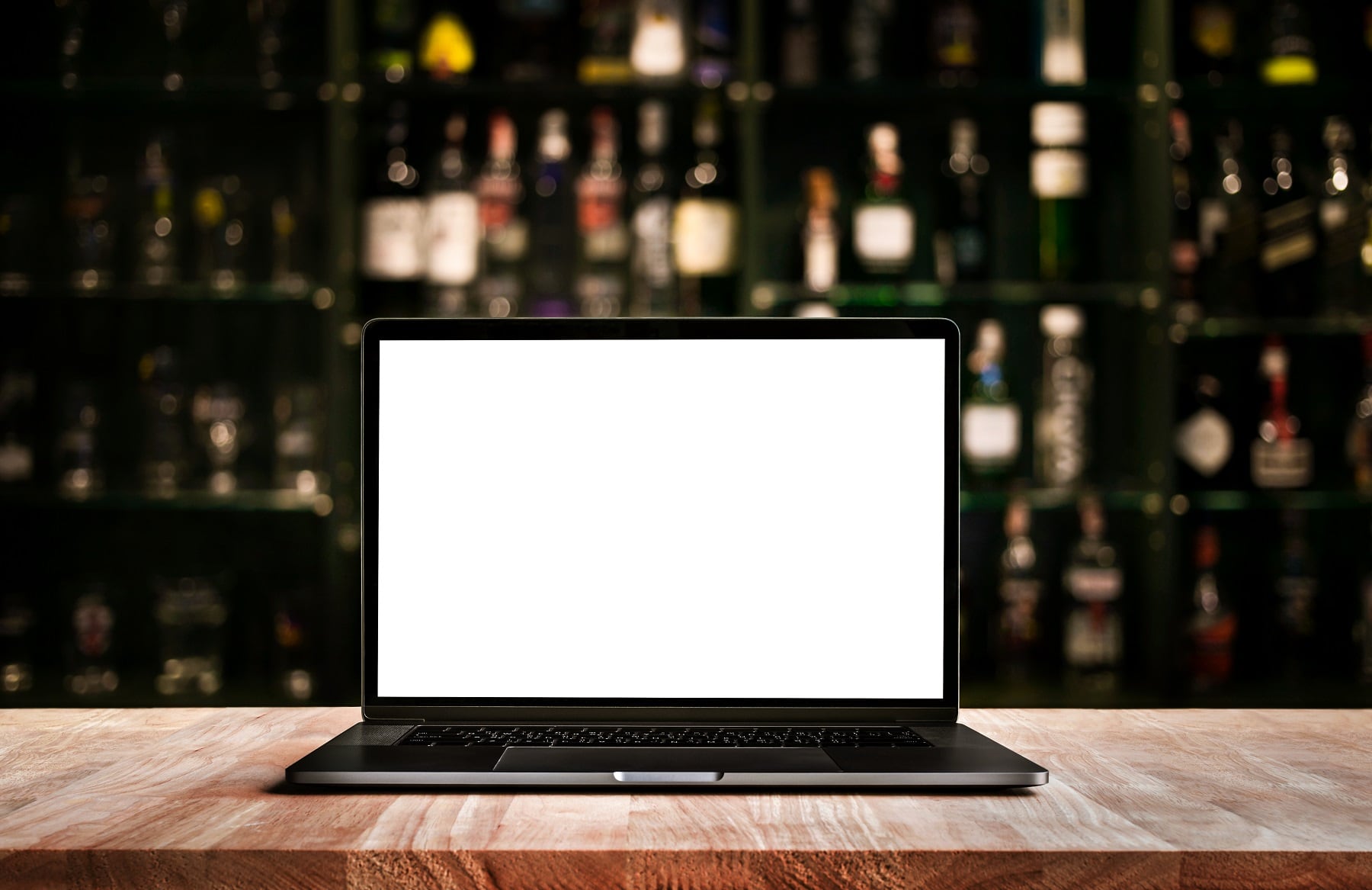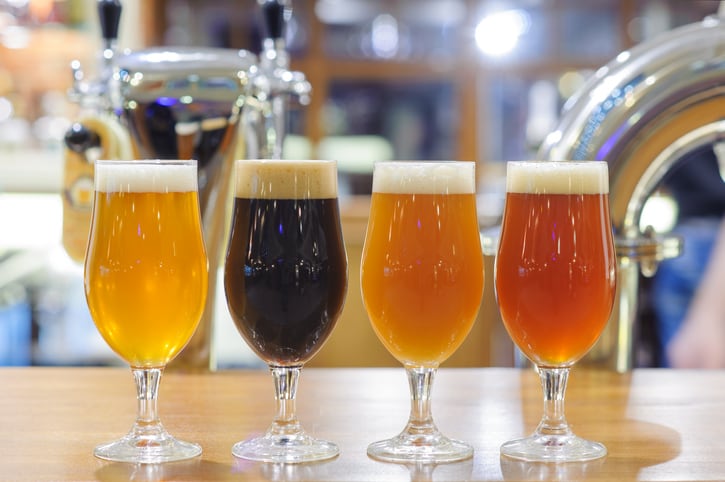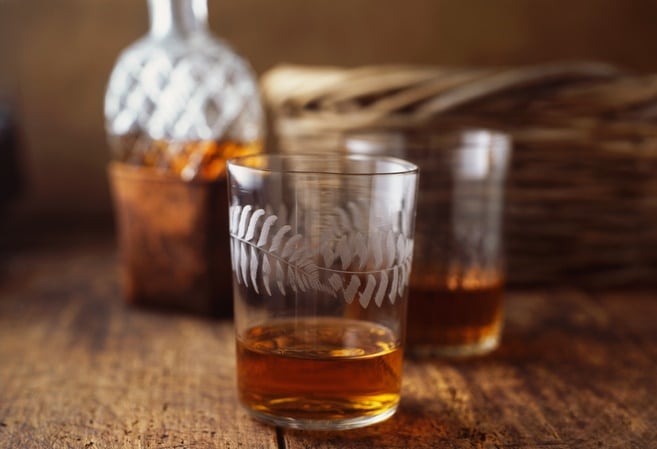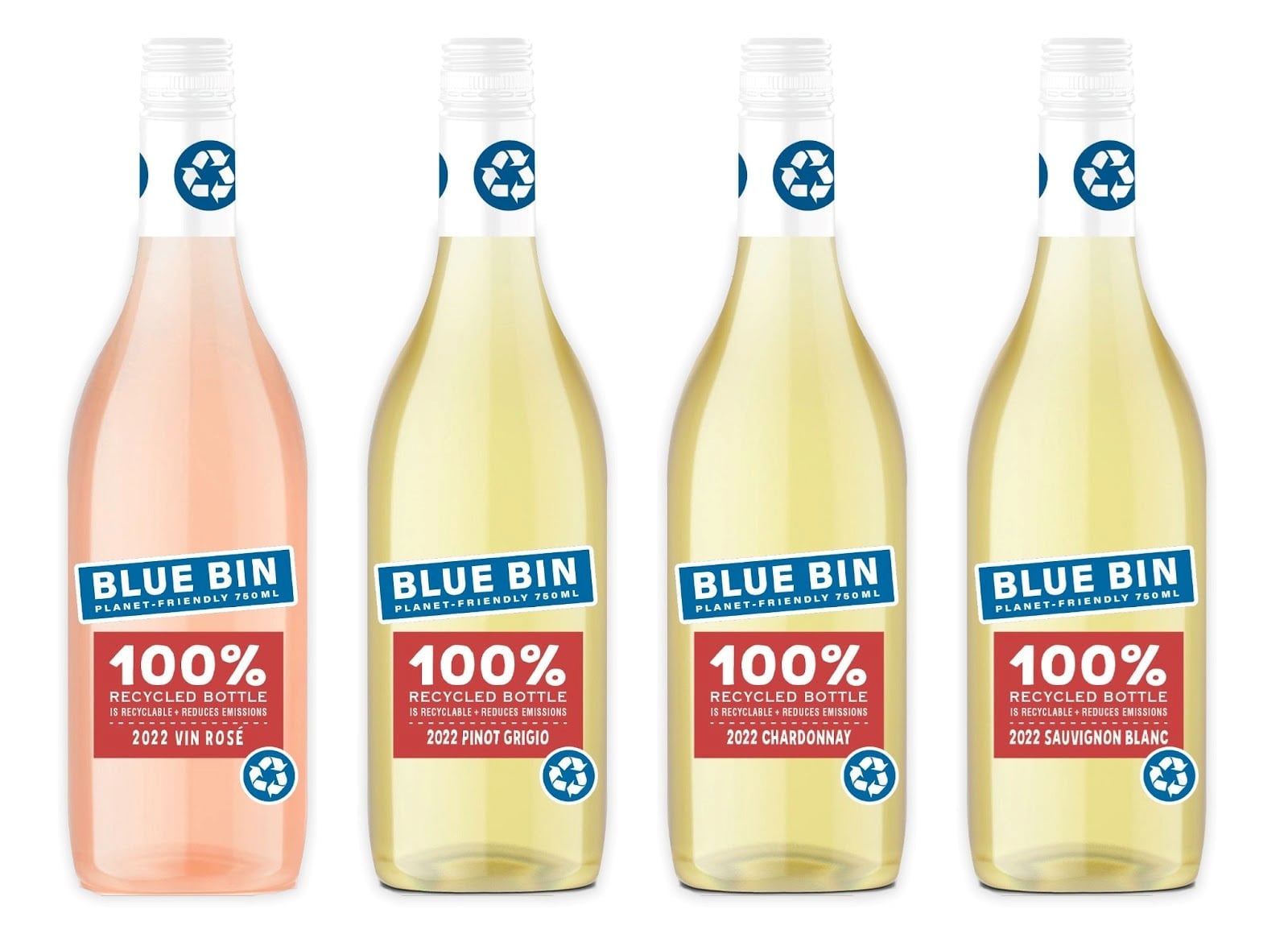Data and analysis specialist IWSR Drinks Market Analysis has released new findings this month on the alcohol ecommerce channel: summarizing that beverage alcohol ecommerce is entering a ‘period of normalisation’ following the COVID lockdowns and then post-pandemic correction.
“After the pandemic boom, ecommerce value saw a slight correction in 2022 (-2%) as restrictions in most markets were removed and shoppers returned to the on-trade and to bricks-and-mortar stores,” says Guy Wolfe, Head of Ecommerce Insights, IWSR.
“In the near term, online growth will pick up but remain depressed by a weak macro-economic outlook, before a return to steadier growth from 2024.”
Healthy market share
IWSR's 2023 Ecommerce Strategic Study surveyed 10 core markets and six secondary markets: together accounting for 90% of global ecommerce alcohol sales.
Sales across these leading markets are expected to grow at a slower pace than previously: but will still reach just under $40bn by 2027.
That represents a 2022-27 value CAGR of 4.5%: a far cry from the whopping +31% CAGR recorded between 2019 and 2021.
This places the overall ecommerce value share of total beverage alcohol at around 4 - 4.5% of the total beverage alcohol market.
The analysis - which covers 90% of global ecommerce sales - uses data from: Australia, Brazil, China, France, Germany, Italy, Japan, Spain, UK, US, Canada, Colombia, Mexico, Netherlands, Nigeria, South Africa.
What’s particularly interesting, at this stage of the category's evolution, is to track how consumers are using the category.
The number of consumers making purchases online is down (17% of alcohol buyers said they had made online purchases in the last six months in 2023, compared to 24% in 2022) – and the number of people going to physical stores (or going out to bars and restaurants) has increased.
However, those who do buy online have increased the frequency of doing so.
“In the post-Covid environment, the behavior of alcohol buyers is evolving in different directions,” says Wolfe. The overall proportion of consumers shopping online is down, but those who continue to do so are increasing their frequency.
“This indicates that the channel is shedding ‘transient’ users who only adopted it out of necessity during the pandemic, but also maintaining or even gaining appeal among ecommerce loyalists.”
It’s all about digital these days, remember…
While online alcohol sales are expected to deliver more modest growth in the coming years, e-commerce should nonetheless remain a key priority for brand owners.
Part of that rationale is simply about following the figures: while the growth rates are no longer meteoric, online sales value is still expected to outperform total beverage alcohol over the next three years.
But perhaps more important is how digital becomes a key part of how consumers interact with consumers moving forward.
“Consumer research conducted by IWSR [Q3 2023] confirms that the digital space is a crucial source of information, influence and engagement for buyers across all channels,” says Wolfe. “Ecommerce therefore remains a key element within the big picture of total value.”
And these shoppers might ultimately be the most loyal and invested consumers. Online alcohol shoppers spend significantly longer carrying out pre-purchase research than those buying in bricks-and-mortar retail or the on-premise, according to IWSR's research.
Online shoppers are roughly twice as likely to take a lot of time to research products before completing a transaction than shoppers in physical supermarket/grocery stores.
However, this varies significantly between markets, says Richard Halstead, COO Consumer Insights, IWSR.
“It is therefore crucial that brand owners tailor their content and forms of digital engagement accordingly to ensure they have maximum impact.”
And amid economic uncertainty, consumers are more savvy than ever when it comes to added-value. Online brands and retailers have an opportunity to tap into that: whether that be through limited-edition products or free delivery.
Beer and agave
Spirits’ share of ecommerce alcohol has recovered from its pandemic dip and is now expected to stabilise, while beer is expected to expand the fastest, largely stealing share from the more mature and lower-growth wine category.
Beer ecommerce sales are expected to grow 8% in value (thanks in particularly to China, the US, Brazil and Mexico), compared to 5% for spirits and 1% for wine (CAGR 2022-2027).
Spirits gains will be spearheaded by agave and whisky in the US, and brandy and whisky in China, with whisky remaining the leading category – but agave is growing rapidly, and poised to overtake gin.
Ones to watch: China and the US
China and the US remain the biggest drivers of absolute value growth for alcohol in ecommerce.
While China will generate more value due to its larger base, growth forecasts for the US have been lowered as the weak macro environment accelerates a return of pre-Covid buying habits.
“A large proportion of absolute value growth in ecommerce alcohol is expected to come from China and the US, but leading online sub-channels in other markets such as Brazil, Australia, Japan and Mexico will contribute too,” says Wolfe.
“Some of the fastest development will be seen in Latin America.”
Ecommerce alcohol sales in China and the US are forecast to record a 2022-27 value CAGR of +6%, outstripped in growth terms (but off a much smaller base) by Brazil (+8%), Mexico (+16%) and Colombia (+10%).
China’s value share of ecommerce alcohol will increase from 39% in 2022 to 40% in 2027, ahead of the US, which is set to rise from 20% to 22%.
Meanwhile, Brazil will overtake Japan to become the fourth-largest value market, but the UK’s value share will decline from 12% to 9%.




